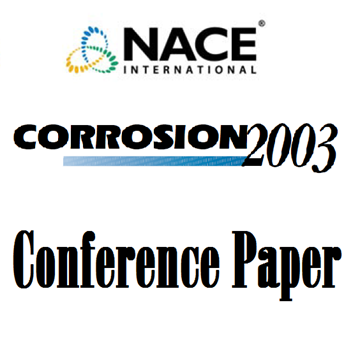Search
03362 CORROSION ISSUES- INCINERATORS & INCINERATOR AIR POLLUTION CONTROL SYSTEMS
Also Purchased
03353 EVALUATING THE HOT CORROSION RESISTANCE OF HIGH-TEMPERATURE COATINGS
Product Number:
51300-03353-SG
ISBN:
03353 2003 CP
$20.00
00687 CORROSION MANAGEMENT IN FRACTIONATOR FEED PREHEAT EXCHANGERS IN HYDROPROCESSING UNITS
Product Number:
51300-00687-SG
ISBN:
00687 2000 CP
$20.00
03102 LIMITATIONS OF 17- 4 PH METALLURGICAL, MECHANICAL AND CORROSION ASPECTS
Product Number:
51300-03102-SG
ISBN:
03102 2003 CP
Publication Date:
2003
$20.00




